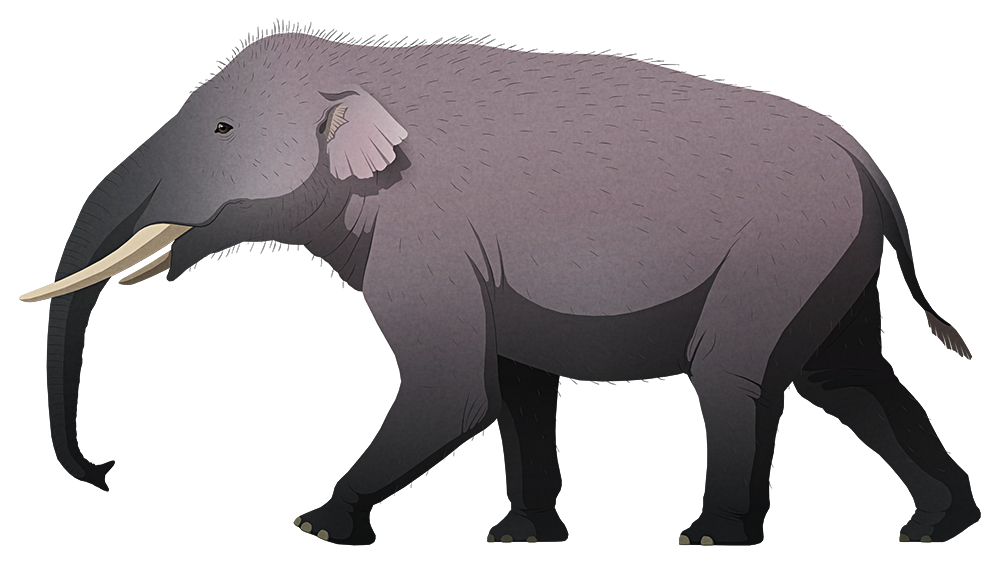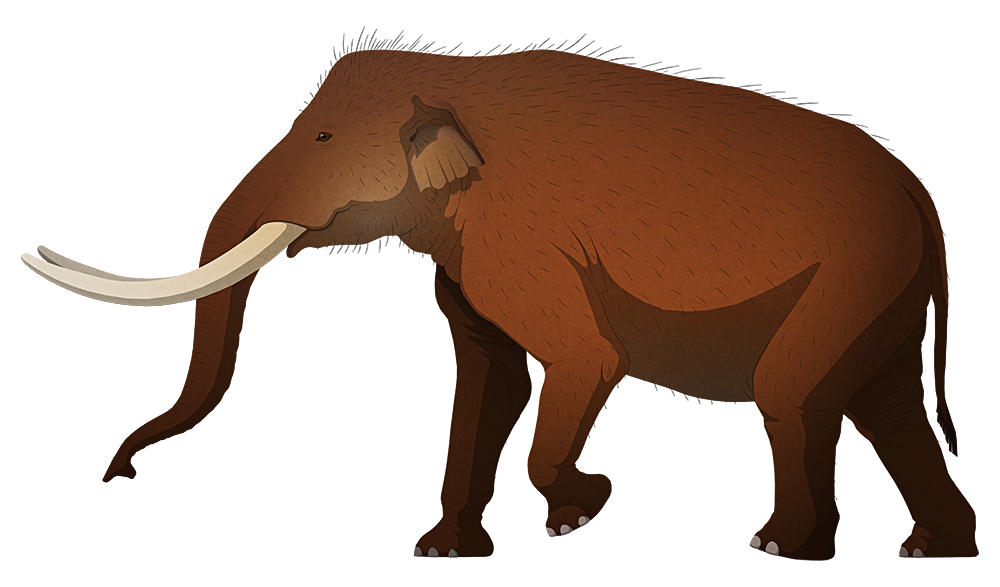Part of the “island rule” is that large animals often become smaller – and no group seems to exemplify this more than the elephants.
Although they’re the largest living land animals today, and in the past included some of the largest known land mammals ever, ancient elephants also frequently ended up on islands thanks to their ability to swim long distances. They produced many different dwarfed forms around much of the world, and a few of them will be featured intermittently throughout both months of this theme.
The earliest known examples were the stegodontids of Japan in the early Miocene. These animals weren’t quite true elephants, instead being close evolutionary cousins to them, and had two small additional tusks in their lower jaws similar to the related gomphotheres.
Stegolophodon pseudolatidens first arrived in Japan about 18 million years ago, and within just 2 million years they’d developed into insular dwarfs that were probably around 2m tall at the shoulder (6′6″)– still reasonably large, but only about 60% the size of their mainland relatives.
Much later in the Early Pleistocene another small almost-elephant appeared in Japan. Living between about 2 million years ago and 700,000 years ago, Stegodon aurorae was about the same size as the then-extinct Stegolophodon but probably wasn’t descended from them. Instead it was probably the result of a separate arrival and dwarfing of a larger Stegodon species from mainland Asia.




